‘Epidemics reveal much about the state of a society’
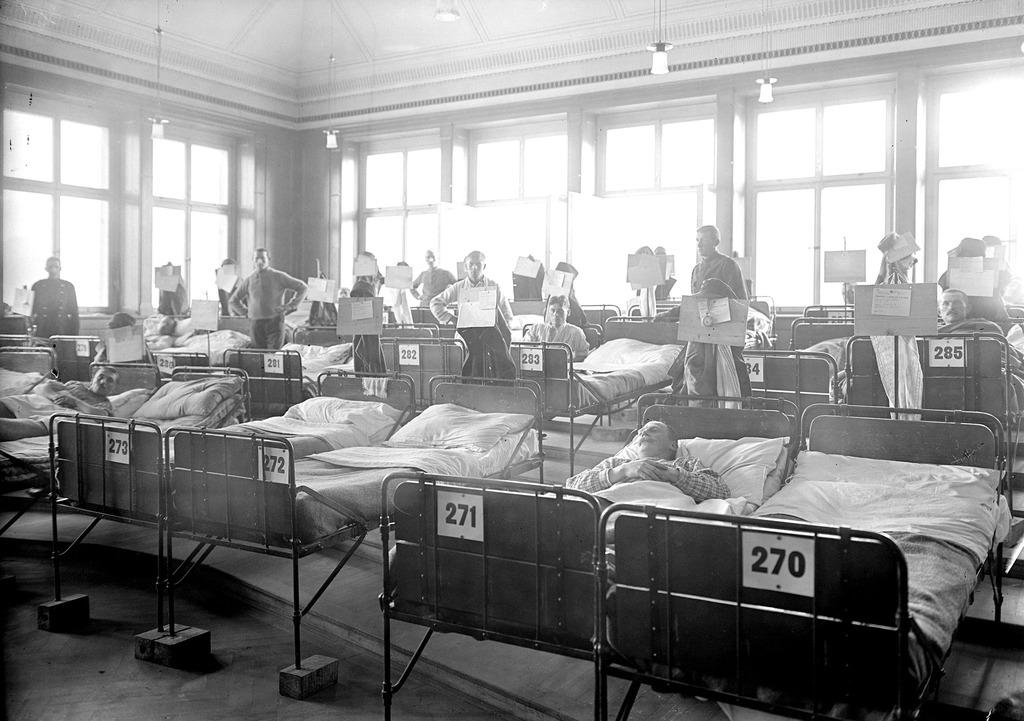
The Spanish flu, also known as the 1918 flu pandemic, was one of the most serious health crises in human history. Although the current situation is not comparable with that, there are some parallels in Switzerland.
The 1918 epidemic is estimated to have caused between 50 million and 100 million deaths worldwide (between 2.5% and 5% of the global population at the time). In Switzerland alone around two million people were infected and some 25,000 people died.
The Spanish flu – known as such not because it originated in Spain but because Spain was neutral at the time and its media were among the few to report on it – swept across every continent and struck in waves: the first from April to July 1918, the second – and deadliest – in autumn 1918, and the third in the first months of 1919.
In stark contrast to Covid-19, it was characterised by an abnormal demographic distribution of mortality, hitting people aged 20-40 particularly hard.
In addition, the Spanish flu struck in the middle of a deep social crisis. “Populations were weakened by the war, as were states and the economy,” said Séveric Yersin, a historian at the University of Basel and an expert on pandemics and public health in Switzerland.
Soldiers, densely packed in barracks and trenches across Europe, helped the contagion spread. In Switzerland, where the army was mobilised to defend national borders, soldiers were among the first victims of the epidemic.
In July 1918, after the first wave, the army counted up to 35 dead every day. Then, in October and November, there were workers’ uprisings, which culminated in a general strike. This and the renewed mobilisation of the army contributed to a second wave of infection.
Contrary to the perception in the press at the time, which paid tribute above all to the soldiers who had died, the epidemic mainly struck the civilian population. Historian Christian Sonderegger wrote in one of the first studies on the Spanish flu in Switzerland that soldiers made up less than 8% of the total number of victims.
Late reaction
“Public health did not yet have the importance it has today; it was also poorly developed in Switzerland,” Yersin said.
Although the government had introduced an epidemics law in 1886 after an initial project had been rejected in a referendum – mainly because of the planned compulsory vaccination –influenza was not one of the diseases regulated by law.
The Federal Office of Public Health was created in 1893. Bern had thus laid the foundation for a national health administration. However, the tentative steps towards a centralisation of the health service met strong resistance from the cantons.
The reaction of the Swiss authorities to the epidemic came quite late and was initially limited to public order measures. On July 18, 1918, the government issued an emergency decree giving the cantons the right to ban assemblies and demonstrations.
“This decision was based on the full powers granted to the government four years earlier, at the outbreak of war, not on a change in the epidemics law,” Yersin said. “However, it worked more for the strategy of repressing the workers’ movement, not for the fight against the spread of the disease.”
Closures
It wasn’t until the autumn that the health authorities ordered the closure of schools, cinemas and markets and the isolation of patients. The government ordered doctors to report all cases of flu.
“Some cantons regarded the measures as interference by federal authorities. Canton Valais even refused to implement them,” Yersin said.
On the other hand, the federal government came to the aid of the cantons and communes by covering half of the costs caused by the epidemic.
The government granted a salary increase for health workers. At the same time the cantons were given the power to help those who had lost their jobs due to the flu. However, this measure was not sufficiently implemented.
Social tensions
Despite the federal measures a large part of the cost of the epidemic was still borne by the public, with serious consequences for the poorest. Health insurance coverage of the costs was limited.
In addition, the health insurance funds associated with the unions were underfunded as a result of the consequences of the strikes of 1918.
“Epidemics reveal much about the state of a society,” Yersin said. “For a long time it was argued that their effects were democratic in a certain sense and affected everyone equally. In reality, however, the mortality data seem to be very disparate and point to social tensions and inequalities.”
In his study, Sonderegger found a significant correlation between real estate and mortality rates in the districts of the city of Bern: people who owned their own home, had enough space and the possibility of staying in bed seemed to be at much less risk than those who rented in a cramped working-class neighbourhood.

More
Coronavirus: the situation in Switzerland
(Adapted from Italian by Thomas Stephens)

In compliance with the JTI standards
More: SWI swissinfo.ch certified by the Journalism Trust Initiative
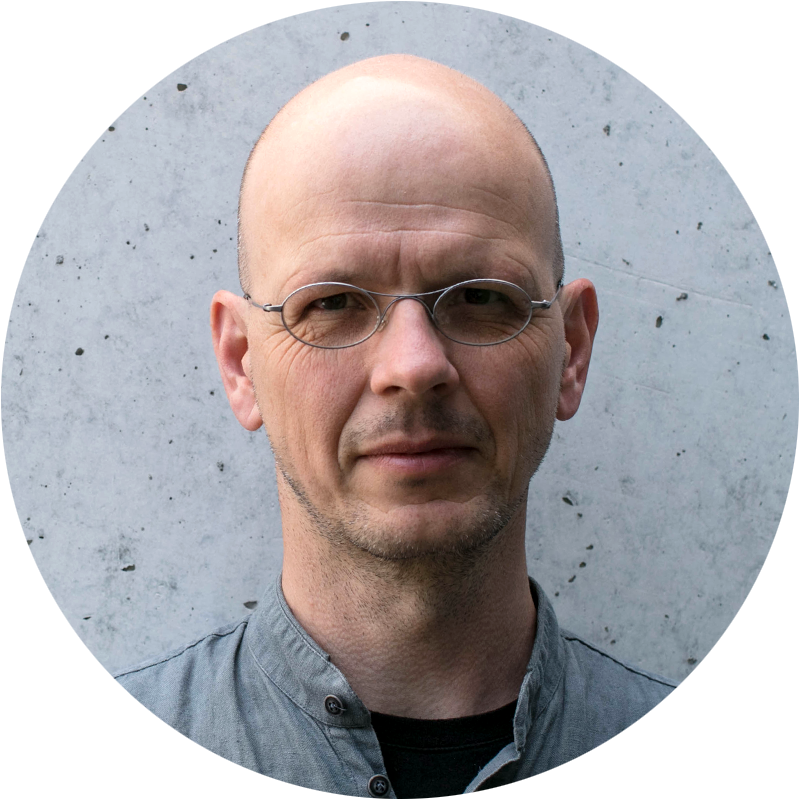








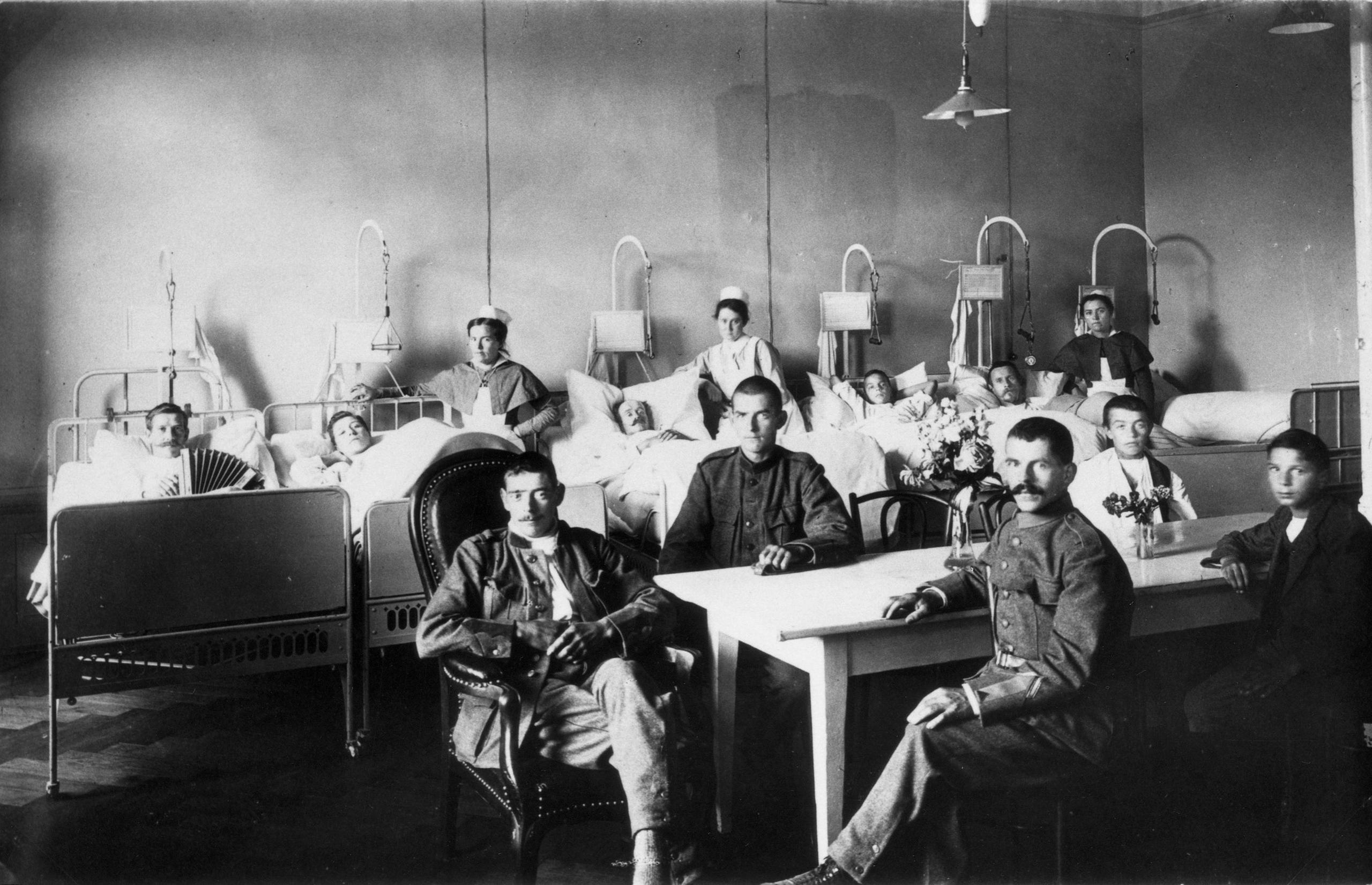
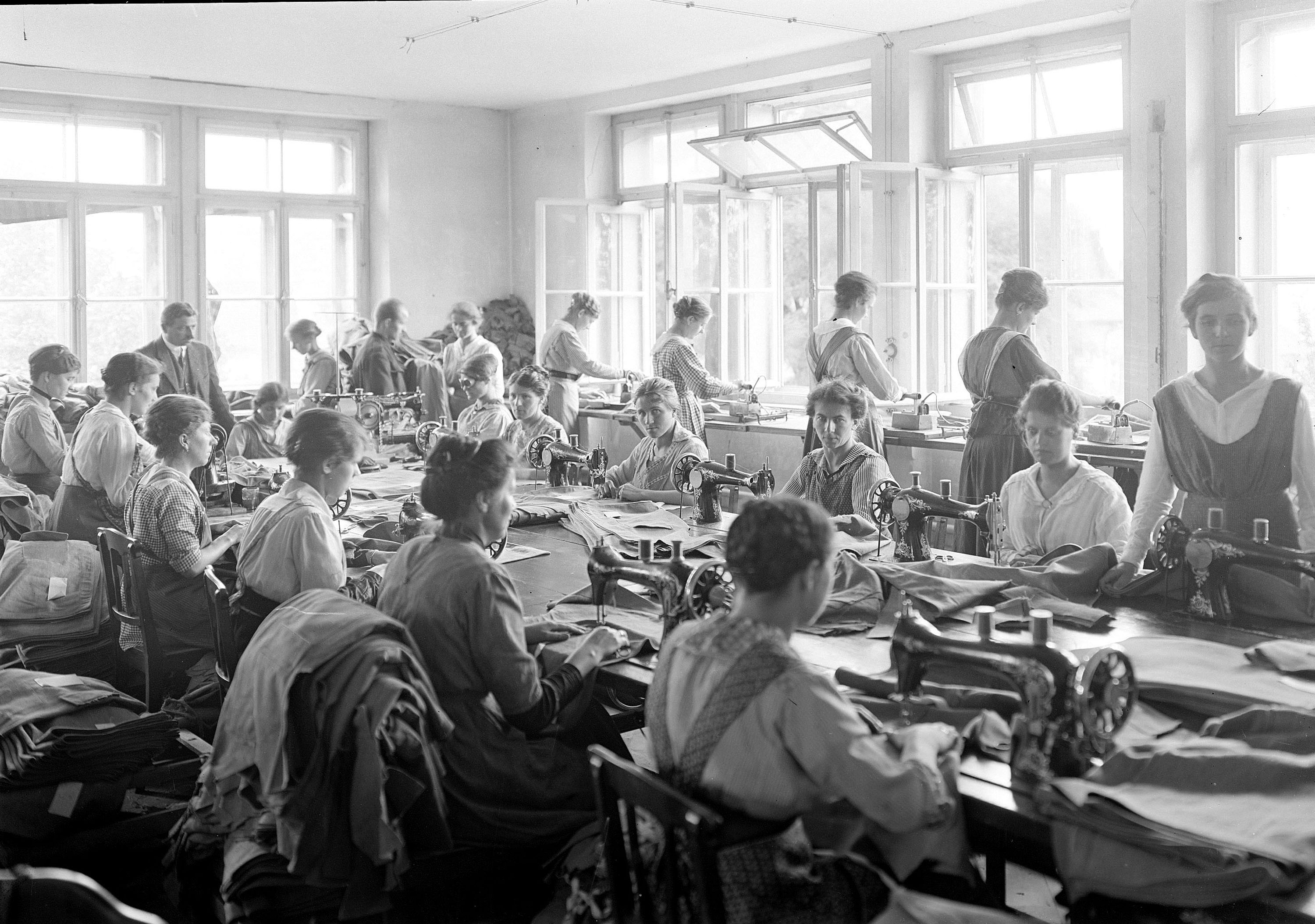
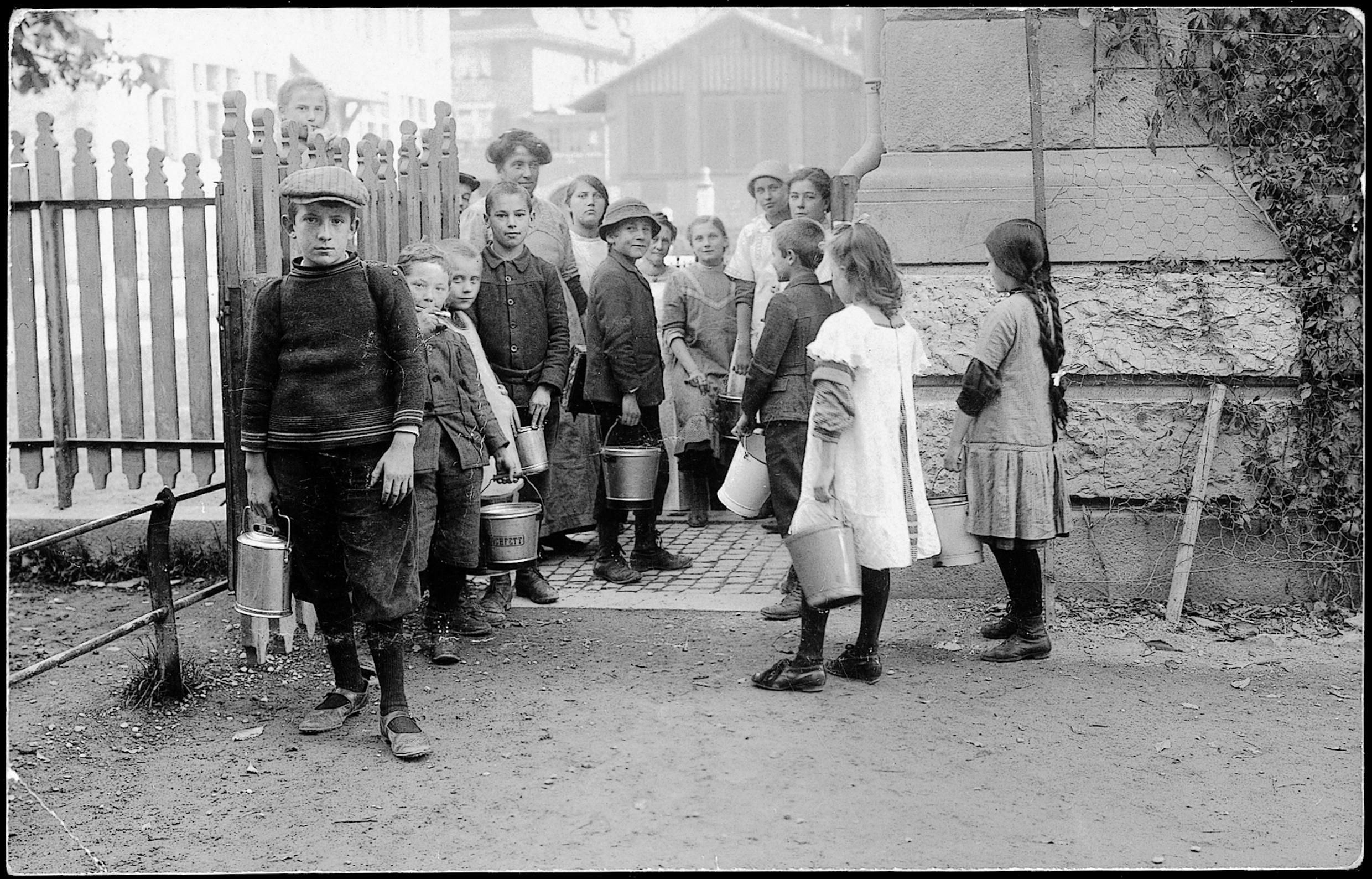
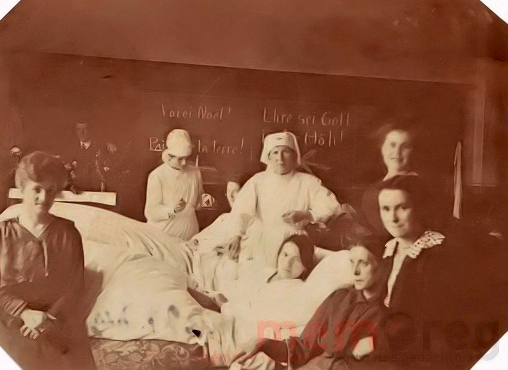
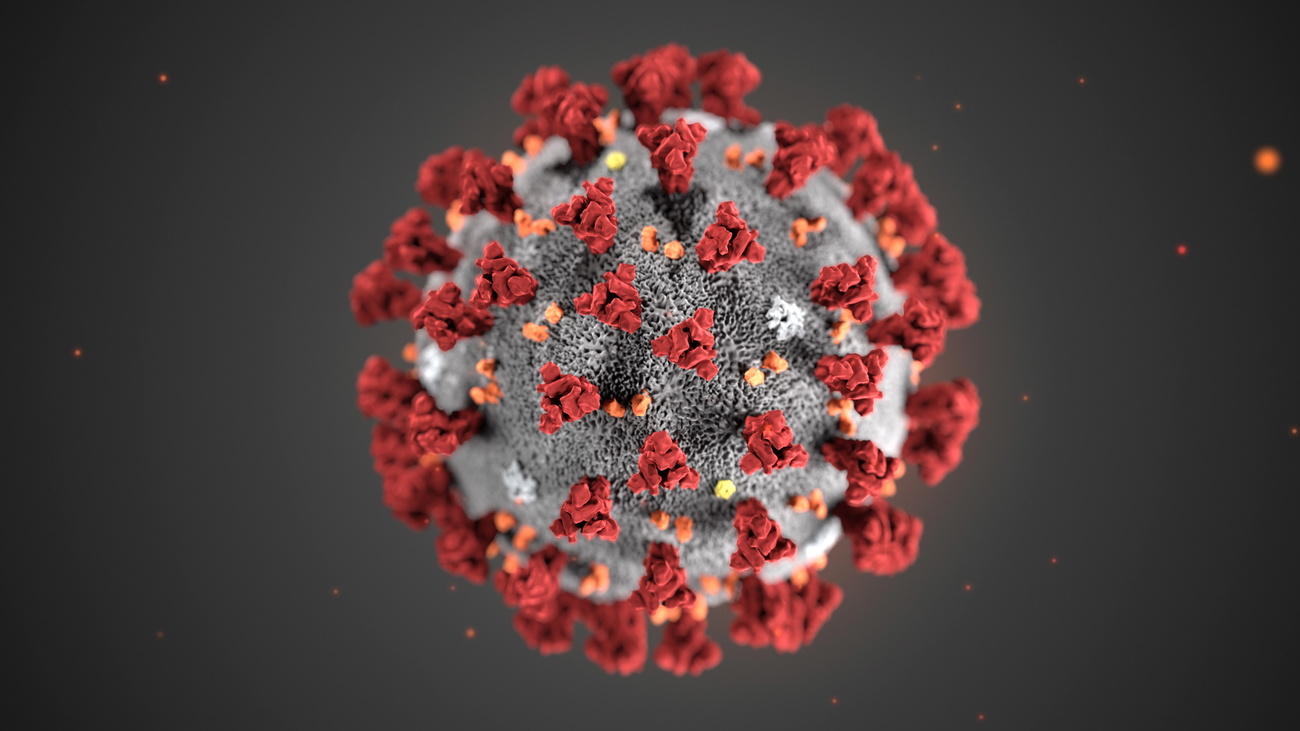
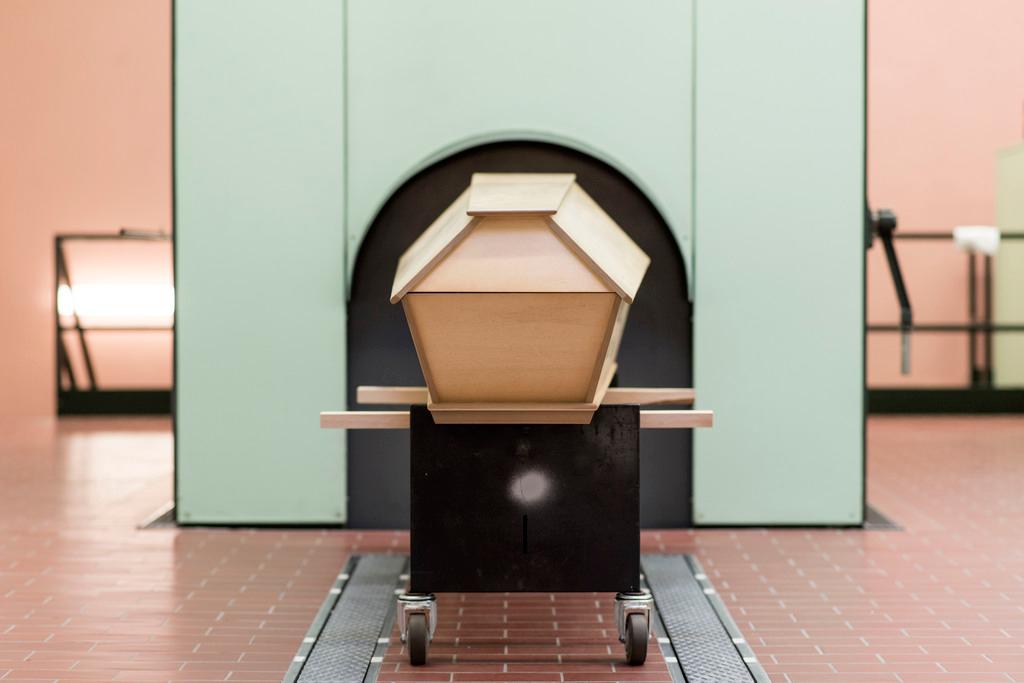

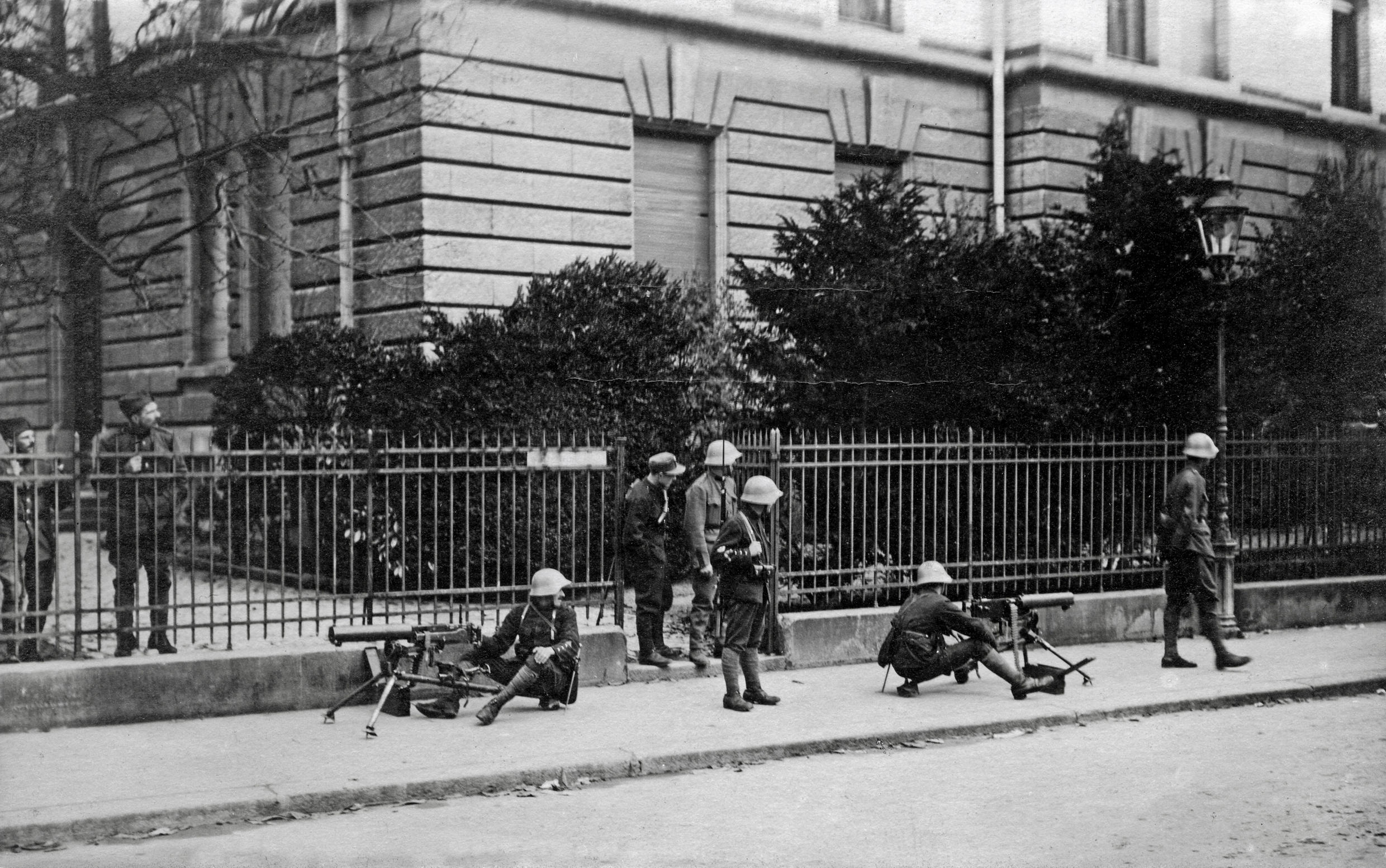
You can find an overview of ongoing debates with our journalists here . Please join us!
If you want to start a conversation about a topic raised in this article or want to report factual errors, email us at english@swissinfo.ch.